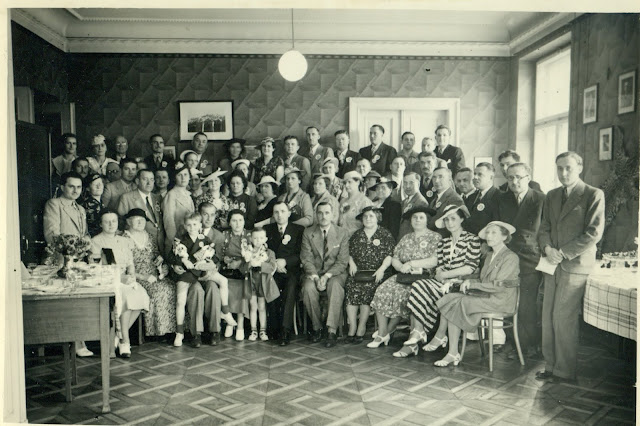[Travel Diary Entry]
6-10-1937 /
Stopped at Copenhagen for / sightseeing trip. /
Kopenhagen / 900,000 people / 400,000 bicycles /
Denmark / 3 1/2 million people / 7 million pigs
(Copyright (c) 2010 Cynthia Shenette) The M.S. Pilsudski stopped in Copenhagen, Denmark on 10 Jun 1937. The stop provided enough time to allow passengers the opportunity to take a sightseeing tour of the city, before continuing on to the ship's final destination of Gdynia, Poland. My Aunt Helen Bulak's travel diary entry for Copenhagen is pretty brief to say the least. I've been to Copenhagen and toured the city on a bicycle. It's a lovely city. There is certainly more to write about than just the Copenhagen and Danish human (and swine) population and the number of bicycles. My guess is that Aunt Helen was either rushed or too tired from the ocean voyage to write more. I will say, bicycles did and still do play a prominent role in the culture of the city.
I found a great video on Copenhagen in 1937. When I did a simple Google search using the phrase "Copenhagen 1937," what to my wondrous eyes did appear but a YouTube video called "Traveltalks - Copenhagen" from 1937. The video was part of a travel series produced by Metro-Goldwyn-Mayer. While the narration and attitudes in the video are dated, the images are wonderful. The video is filmed in Technicolor, unusual for the time. As a result, the video has a warmth that I generally find lacking in black and white documentary film. While I don't have anymore details from my aunt's trip to Copenhagen, the video does give me a good feel for the sights and images of the day. I enjoyed my visit to wonderful Copenhagen, and I hope you do too!






















